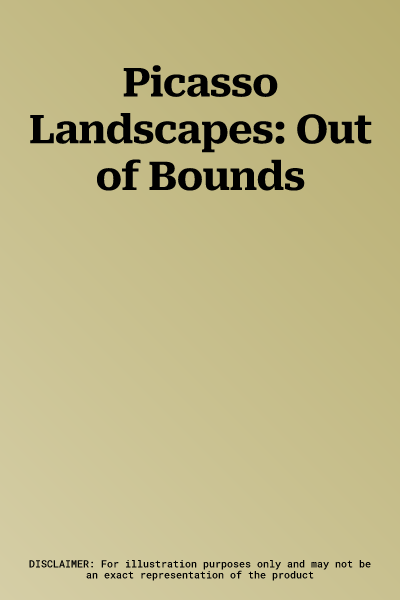How Picasso forged an expansive, experimental and personal approach to
a traditional genre
Pablo Picasso (1881-1973) was committed to depicting landscapes
throughout his entire life. From his earliest days in art school until
the year before his death, landscape remained the prime genre through
which he mediated his perception of the world and which shaped his own
creative evolution. Yet within Picasso's vast oeuvre, landscapes have
received the least scholarly attention. Landscape would serve as a
catalyst for his formal experimentation, including early Cubism; as a
field in which to investigate urban modernity; as an interface between
humanity and nature; as a ground for direct sculptural intervention; as
a space of personal withdrawal; as an inviting terrain for elegiac
scenes; and as a territory of resistance and flight.
Landscapes offer the clearest lens for understanding Picasso's
attentiveness to his cultural milieu as well as to his ongoing
engagement with art-historical traditions. Picasso Landscapes: Out of
Bounds celebrates the depth of his exploration of landscape subjects
along with his expansive approach to this traditional genre.

